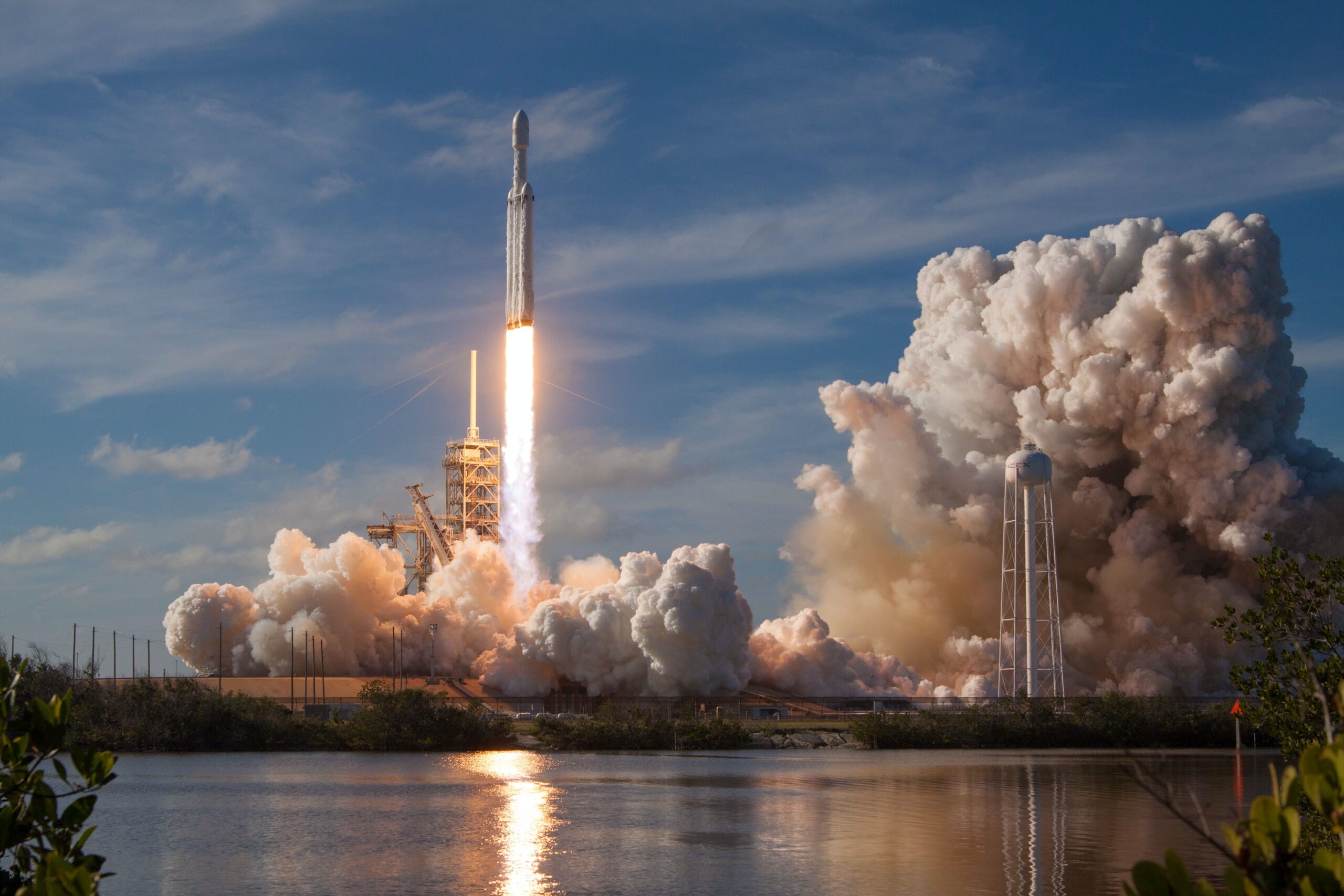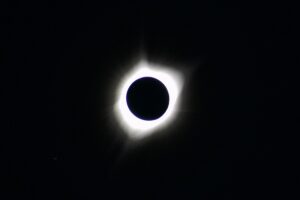Race to the Dark Side of the Moon
Water is a crucial resource for human survival, and its presence on the moon opens up exciting possibilities for future space missions.
Space exploration has always been a captivating endeavor, pushing the boundaries of human knowledge and expanding our understanding of the universe. In recent years, the focus has shifted towards our closest celestial neighbor – the moon.
NASA, along with other space agencies such as Russia’s Roscosmos, China’s CNSA, and Europe’s ESA, is engaged in a race to be the first to land on the southern hemisphere of the moon, where billions of gallons of water could potentially revolutionize space exploration.
The Importance of Water on the Moon
Water is a crucial resource for human survival, and its presence on the moon opens up exciting possibilities for future space missions. The lunar poles, particularly the southern hemisphere, are believed to contain vast amounts of water ice, which could be used for drinking, growing plants, and even producing rocket fuel. This discovery has sparked a new wave of interest in lunar exploration, as scientists and space agencies recognize the potential for sustainable human presence on the moon.
NASA’s Ambitious Plans
NASA has set its sights on reaching the moon’s southern hemisphere and has outlined a series of ambitious plans to make this a reality. The Artemis program, named after the Greek goddess of the moon, aims to land astronauts, including the first woman, on the lunar surface by 2024. This mission will serve as a stepping stone towards establishing a sustainable human presence on the moon and eventually paving the way for future missions to Mars.
As part of the Artemis program, NASA plans to send the Artemis III mission to the moon’s south pole region. This mission will involve a crewed landing near the Shackleton Crater, a location believed to contain significant amounts of water ice. The astronauts will conduct experiments and collect samples to better understand the composition and accessibility of the lunar water resources.
Competition from Russia, China, and Europe
NASA is not alone in its quest to explore the moon’s southern hemisphere. Russia, China, and Europe have also expressed their intentions to land missions in this region. Russia’s Roscosmos has announced plans for a Luna 27 mission, which aims to study the moon’s south pole in search of water ice. Similarly, China’s CNSA has its sights set on the Chang’e 7 mission, which will also target the lunar south pole.
Europe’s ESA is collaborating with Roscosmos on the Luna 27 mission and is actively contributing to the development of lunar exploration technologies. The European Space Agency has a long history of successful missions, and its expertise will undoubtedly play a crucial role in the race to the moon’s southern hemisphere.
Collaboration and International Cooperation
While there is undoubtedly a sense of competition among these space agencies, there is also a recognition of the importance of collaboration and international cooperation. The Artemis Accords, a set of principles for lunar exploration, have been established to guide future missions and ensure peaceful and sustainable exploration of the moon.
By working together, these space agencies can pool their resources, knowledge, and expertise to accelerate the progress of lunar exploration. Sharing data and research findings will benefit all parties involved and contribute to our collective understanding of the moon’s water resources.
The race to the dark side of the moon’s southern hemisphere is an exciting and significant milestone in the history of space exploration. The presence of water ice on the moon opens up new possibilities for sustainable human presence and future missions to other celestial bodies.










